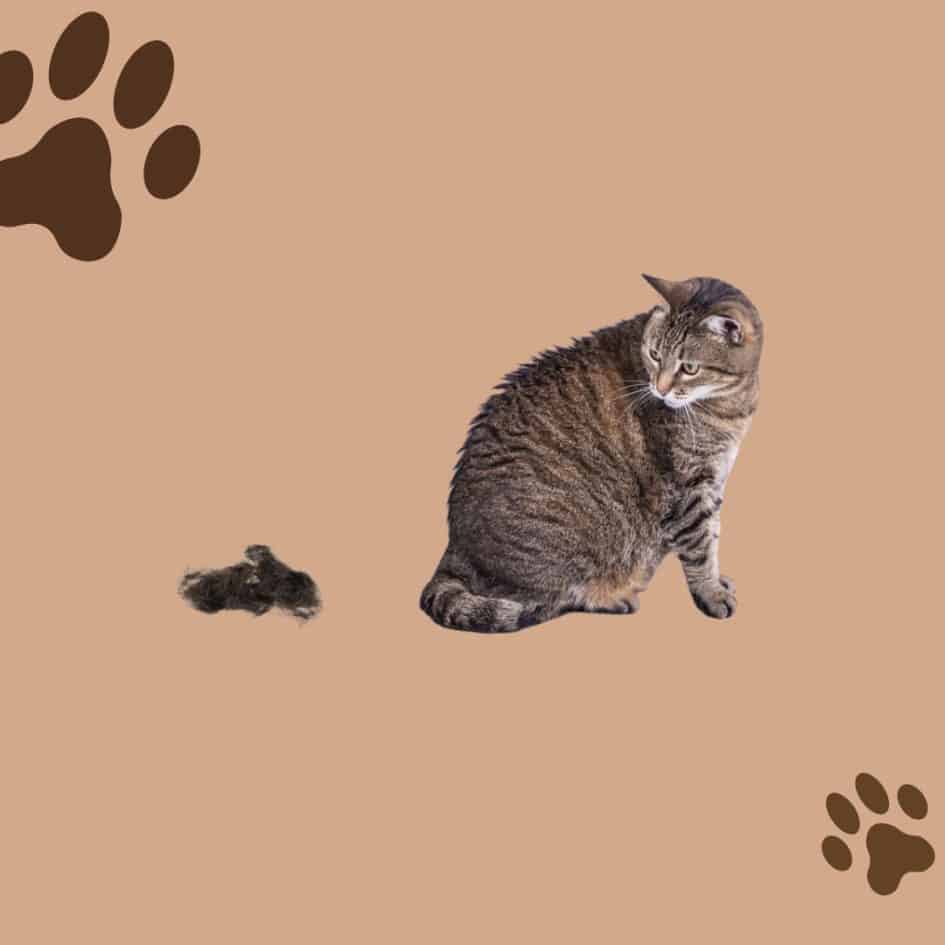

Important Tips to Control Excessive Shedding in Cats
While shedding is typical in cats, excessive shedding is not. Here are some of the most common causes of shedding and our tips for reducing it.
Cat owners may all agree that constantly cleaning up their cat’s fur all over their home is not
easy. However, this is a fact they’ve accepted since shedding is normal to a cat’s hair lifecycle.
While shedding is typical in cats, excessive shedding is not.
Thankfully, you can easily take steps to help control your cat’s excessive shedding. In this
article, we’ll discuss some of the most common causes of shedding and offer tips on reducing it.
First, let’s review normal cat skin and hair patterns and reasons for excessive shedding:
4 Stages of Normal Cat Skin and Hair
- Hair Growth
Cats are covered with two kinds of hair; guard hair and down hair. The guard hair is coarser and
makes up the outer coat. This is the hair that you see and touch. The down hair is softer, finer,
and silkier. The down hair is what you really can’t see, as it is hidden under the guard hair. Cats
have hair growth and shedding cycles the same way that people do. - Hair Shedding
The cat’s shedding cycle can last anywhere from months to years. During the seasonal
shedding, your cat’s body physically prepares for a new coat of fur. This shedding is sometimes
odd-looking because it looks like your cat is losing patches of hair. - Resting Phase
The resting phase is when your cat is not actively shedding. At this time, their hair follicles stay
resting, and the growing new fur continues to remain under the guard hair, giving your cat a
sleek, smooth coat. - New Hair Growth
The new hair growth will be a lighter color than the old hair. The increased melanin in the new
hair also gives it a darker appearance.
4 Common Causes of Excessive Shedding
While there are many causes of cat hair loss and shedding, the most common ones include
environmental, hormonal, and stress-related causes. Depending on your cat’s unique situation
and habits, these factors can contribute to the over-shedding of fur.
- Stress
Stress is a significant contributor to excess shedding for many reasons. When your cat is
stressed, they might have too much adrenaline in their bodies. This can lead to over-shedding
of fur and hair loss. If your cat is anxious or feels in danger, they may even lose patches of fur
and bald spots. - Health Problems
A cat’s body is designed to warn you when something is wrong. If your cat is sick, its body will
often start throwing away hair. Your cat may also lose weight and not act like its normal self,
resulting in excessive shedding. Getting your cat to a vet as soon as possible is best to check
your cat’s medical condition if any. - Hormonal Issues
Maintaining an optimal balance of hormones can help your cat keep a healthy hair and skin
cycle. If your pet cat is overweight, this can lead to hormonal issues. Obese cats can also
develop insulin resistance, which can cause excess shedding. Genetics can also come into play
because some breeds of cats are prone to excessive shedding. - Environmental Factors
Environmental factors can contribute to cat hair loss and shedding. Some of the most common
environmental issues include litter box problems when some cats refuse to use their litter box if
it has been moved or cleaned.
If you have moved to a new home, your cat might not be used to the surroundings. They may
refuse to go into certain rooms or walk in certain spots.
Conclusion
Notice that your cat is excessively shedding fur all over your home. You should immediately get
them to a veterinarian to know the possible causes and treatments. They can also help evaluate
your cat for signs of infection, parasites, mites, fungal, bacterial, and yeast infections.
Moreover, the vet will help evaluate your cat’s overall health by looking for systemic signs of
illness that can cause excessive shedding.
Look no further than The Pets People if you’re looking for more cat articles and information
about shedding and other care tips. We’re here to help you with your pet’s care and training by
giving you real-world examples and advice based on our own experiences. To see more of our
advice, use the tabs above the page to switch between the different categories of pets.
Discover how to create a joyful, healthy home for your pet.
Subscribe to your weekly rundown of practice, real life ideas and training tips straight to your inbox.


